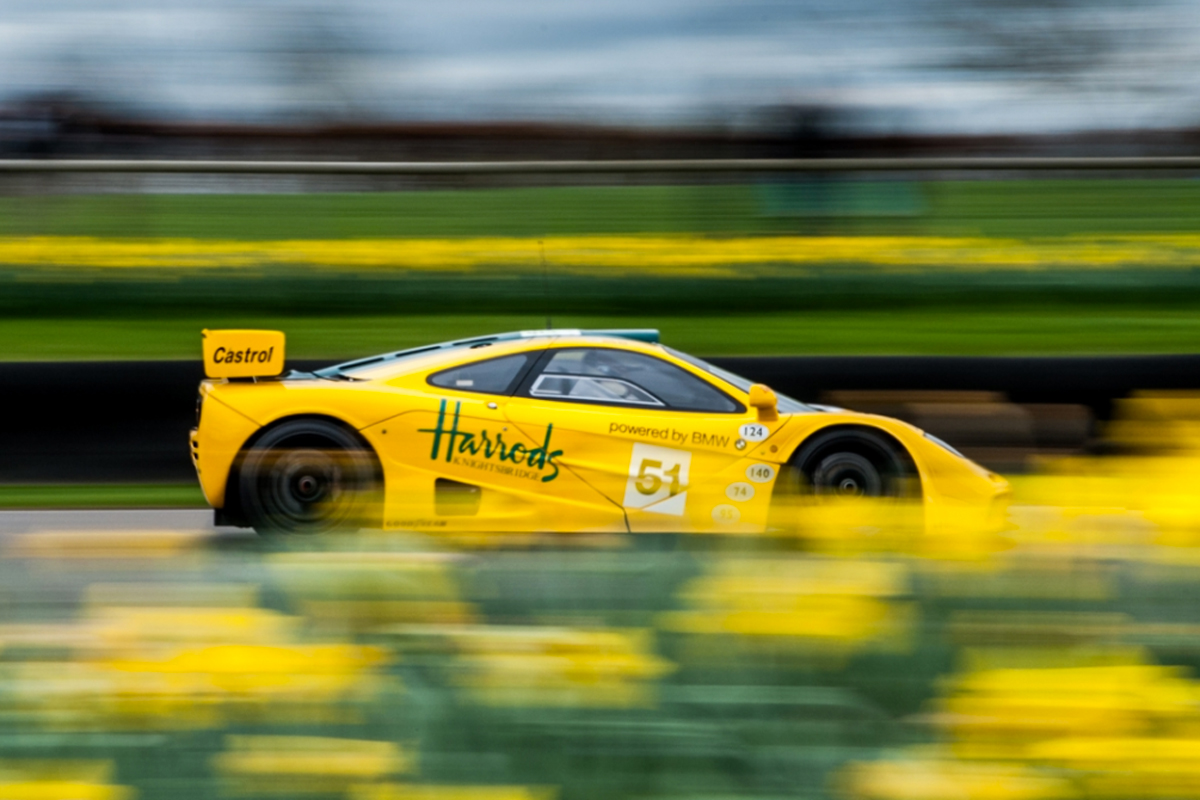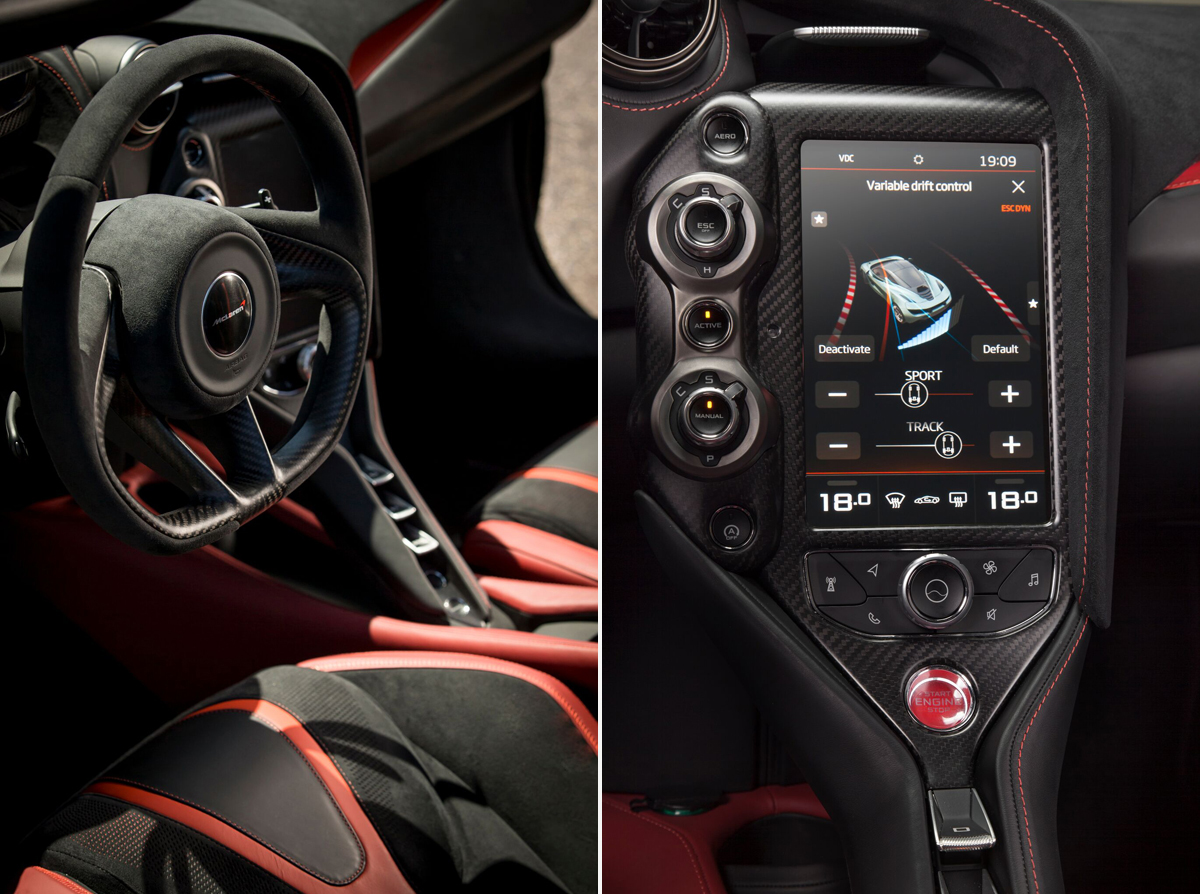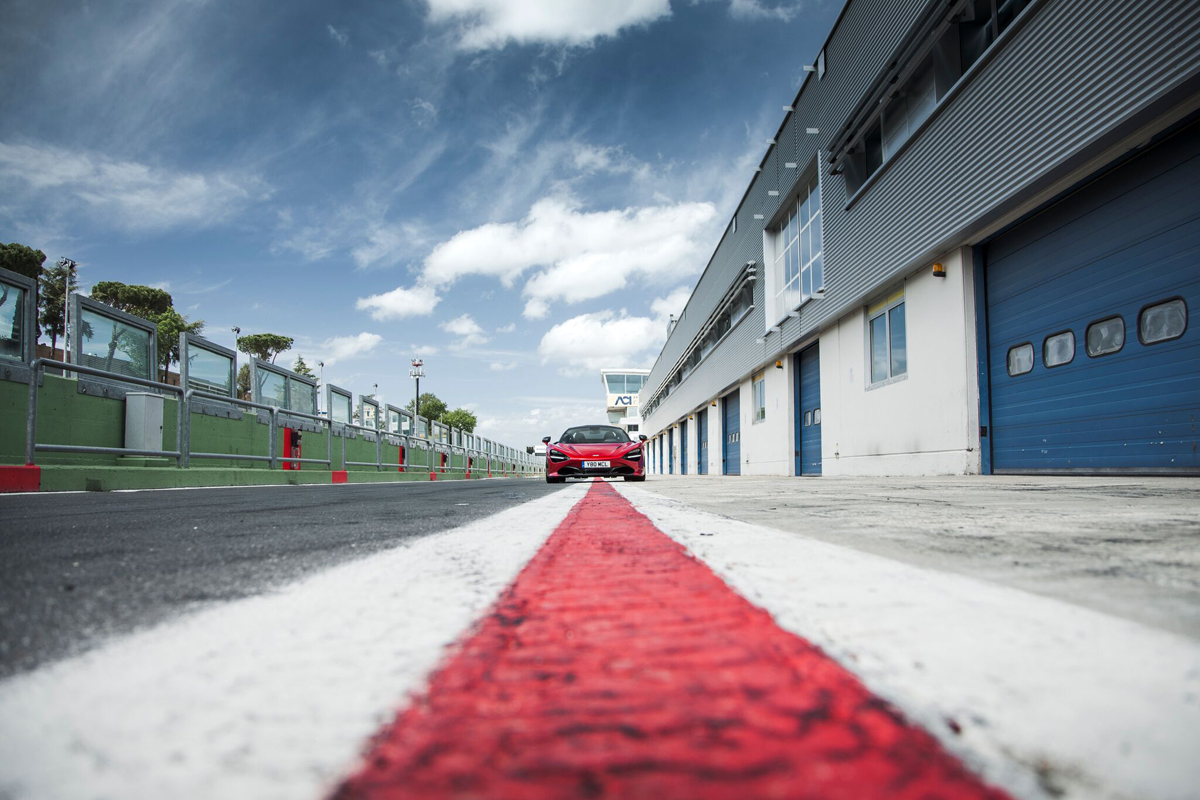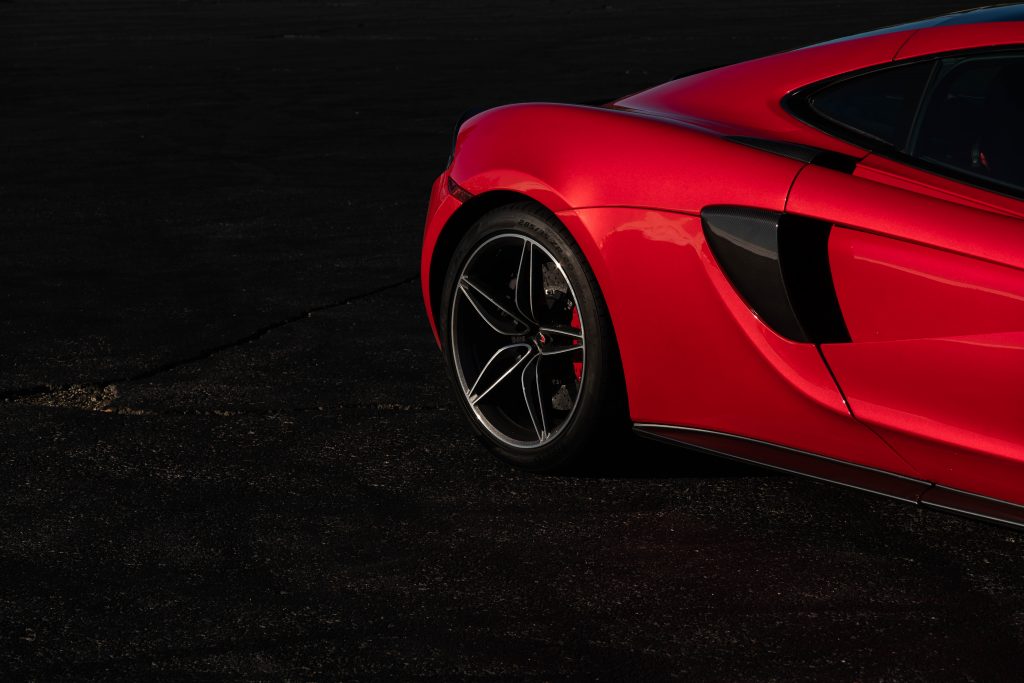The Meteoric Rise of McLaren Automotive
How a young, small English company went up against auto icons—and succeeded

by Jason Harper
These days, new car companies rarely succeed. For every Tesla, there are 10 would-be companies that never get beyond an initial press release. Five years ago, we test drove the first model from a brand new car manufacturer, McLaren Automotive. It was a supercar named the MP4-12C and in many ways—from the confusing name to the bland design—it was a dud. The car was fast, but it was a ponderous beginning for the fledgling company. This month we flew to Rome to drive the successor to the MP4-12C: the 720S. The design is brilliant—and heart-stopping fast.
There’s nothing clumsy or slow about McLaren now. Since the unsuccessful launch of that first model, they’ve released a string of hits, including a $1+ million hypercar, a Porsche 911 Turbo competitor, and (as mentioned) the new 720S. Sales have ramped up from zero to an expected 3,900 cars this year and, by 2022, the company promises 15 new model variants.

How did the English upstart so quickly ramp up from one problematic car model to a car manufacturer that is spoken of in the same breath as Ferrari and Lamborghini? Best known for racing in Formula 1, to racing aficionados, McLaren was the tiny engineering powerhouse that regularly felled mighty Ferrari in ultra-competitive racing. And so in 2009 the company created an automotive division separate from its racing division, effectively setting it up to compete with Ferrari in the real world. (The overall umbrella company is now known as the McLaren Technology Group.)
Street cars weren’t entirely unknown to the brand. In the 1990s it had produced a single road-legal model, the F1, which is still considered one of the best exotics in the world. How hard would it be to make a whole legion of cars as good as the F1? Difficult indeed, as it turned out. The MP4-12C was an engineering marvel, using all types of technology gleaned from racing. But those innovations were hidden under a bland skin, and customers simply weren’t impressed by the carbon-fiber structure or trick hydraulic suspension. The supercar market thrives on noise and bombast, and the twin-turbo V-8 (located behind the driver, in the center of the car) wasn’t loud enough. The design failed to thrill. Driven hard in a safe environment like a racetrack, the car could nearly perform miracles, but it was clinical and cold. The company quickly abandoned the 12C for a new name and an exterior redesign. (Incidentally, it also burned a number of the brand’s earliest adopters—who suddenly owned cars that had dropped in value.)
The 650S replaced the 12C with a more outré design and tweaks to the twin-turbo V-8 engine, giving it a much bigger dose of torque and more personality.
The 650S still had some issues, but the company was on an upswing. It launched and then sold out a $1.15 million hypercar called the P1, which competed directly against the $1.5 million Ferrari LaFerrari. Special (and more expensive) variations of the 650S and the P1 would follow—and also sell out.

Eventually, McLaren released a less expensive car, the 570S and 570GT, which are the equivalent to ready-to-wear collections versus the P1’s couture status. All future models will fall into one of three distinct model lines, ascending in price: the Sport Series, Super Series, and Ultimate Series. The rollout of new product at such a pace is unheard of. It normally takes carmakers at least four years to design, engineer and manufacture a brand-new car. But McLaren has leaned on skills learned during F1, where it has to create a new car and technologies every season. It uses sophisticated computer modeling and simulations allowing countless iterations of a design to be improved before a physical model is ever built. It saves tremendous amounts of time. Nonetheless, the new 720S is the first in the McLaren line to completely replace a former model, and it is illuminating in terms of where the company is going.

The 720S looks just about as supercar as one could imagine. The car is a long low sheath, and there’s none of the hyper-masculinity of a Lamborghini, nor the overt come-on of a Ferrari. It is the expression of a company sure of what it is and very much in control of their own design language. It eschews obvious supercar flourishes. Its rear wing is usually hidden, as are the massive air intakes—needed on all super-powerful turbo engines to gulp down huge amounts of oxygen—by doors which are fused together in two parts and hollow inside. When you open the dihedral doors, which flip up and out (so you won’t hit your head exiting) you can see through the gap and admire the trick engineering. Best of all is the passenger compartment. It is nearly all glass, a bubble that stretches from the hood all the way to the rear deck, making it appear very much like a jet fighter cockpit. The A pillars are slim, and the view is gloriously unobstructed front and aft, a fact much appreciated when we drove around the narrow streets of Rome and through flocks of mopeds. Seats are comfortable and the interior is a good place to be.

There’s a digital screen serving as the main instrument panel which folds out of the dash when you turn it on. It’s the only real unfortunate note on the car: It takes too long to get in place and looks a little corny when it does. McLaren also has a knack for overcomplicated controls, particularly when it comes to choosing how sporty you want the engine to run and how stiff you want the suspension. The buttons for these functions are clustered to the driver’s right and once they are explained to you thoroughly you’ll need another explanation 20 minutes later. The navigation/infotainment screen is somewhat finicky.

That said, none of that matters when you turn on the twin-turbo V-8 engine. It makes more than 700 horsepower, which is boggling in a car that weighs around 3,000 pounds. Despite the power, the car is easy to trundle about town, but it begs for better roads. We got it to a racetrack outside Rome. There, not hemmed in by speed limits or traffic, it showed itself to be lithe and light, with a firm sense of stability at even extremely high speeds. Still, it’s the kind of car that takes time to truly learn. It should be approached with respect, with care given when you pin throttle to the floor. We’d gladly return to it again and again to learn those nuances.
As part of McLaren’s middle ground (their Super Series), it is better than the 12C in every conceivable way. In fact, it feels like decades have separated the two models; not just six years. The cars are getting much better, quickly. The 720S is a thrill to drive, and feels a moderate steal (at least, in the world of supercars) at a starting price of $284,000.
Images courtesy of McLaren












